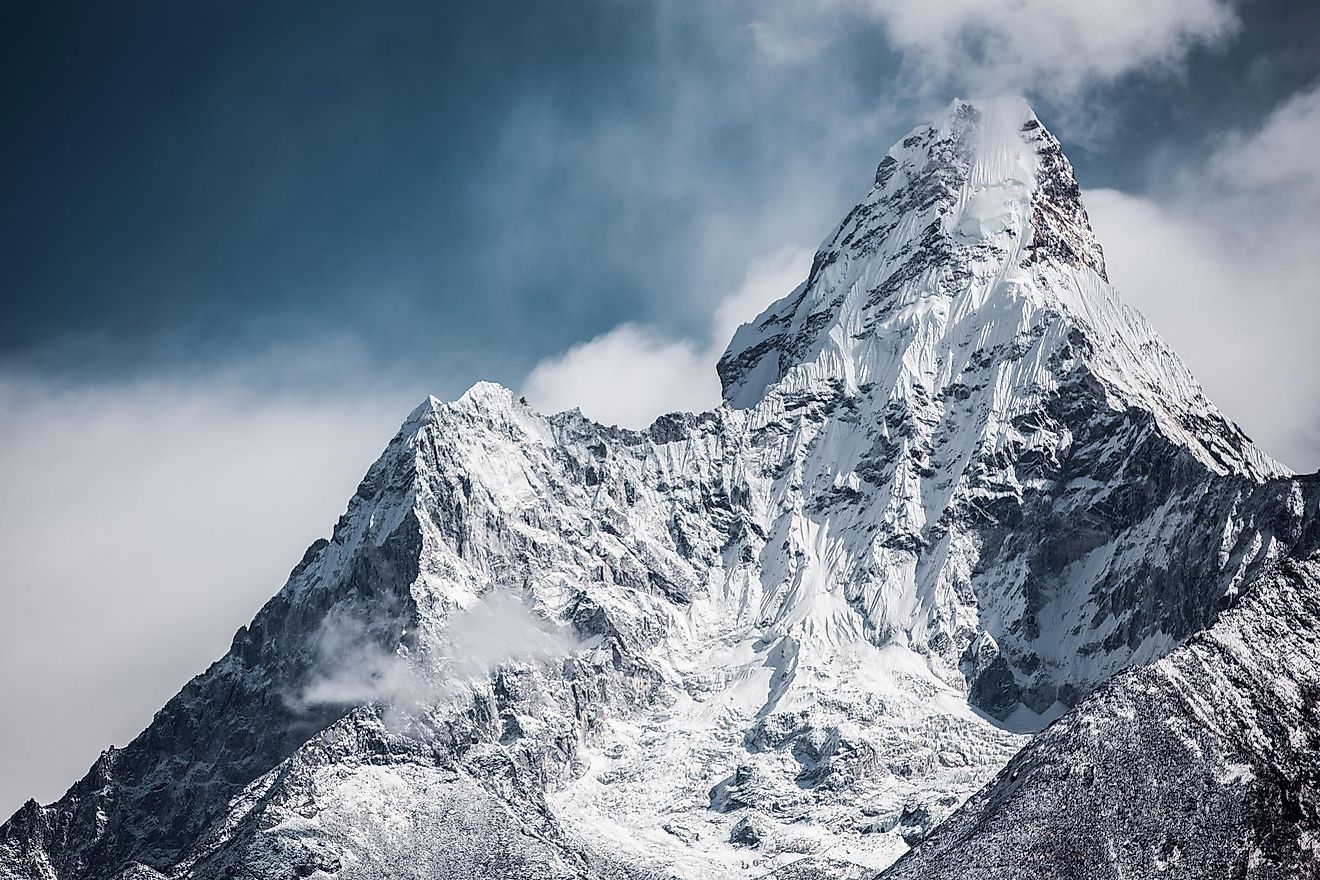Why Do People Die At Very High Altitudes?

- Over 300 people have died attempting to climb Mt. Everest since we started recording the feat.
- There is half as much oxygen in the air at 16,000 feet (about 5,000 meters) as there is at sea level.
- Hypothermia can happen when your body is exposed to cold temperatures for too long
For some people, the idea of climbing a peak like Mt. Everest holds quite the allure. The overwhelming physical challenge, the potential triumph of victory, and the opportunity to connect intensely with nature, all present solid reasons that draw them to the flame. Climbing a mountain can be extremely dangerous, however. Each year, people die attempting to ascend summits. In fact, a total of 307 people have died trying to climb Everest since we started recording people doing it back in 1922. Why is climbing or walking to high heights so dangerous and deadly? Here is a look.
Low Oxygen and Climbing too Fast
According to a study published in 2018, the most common causes of death at high altitudes include many things. One that we most readily associate with climbing mountains is altitude sickness. Merriam-Webster defines this condition as “the effects (such as headache, nausea, or swelling of the brain) of oxygen deficiency in the blood and tissues developed at high altitudes having reduced atmospheric pressure.”
How does it develop? Basically, you can get altitude sickness if you climb to a higher elevation too quickly. If you do so, your body will not have enough time to adapt to the lower air pressure there. It also will not adapt adequately to the lower oxygen levels present at higher elevations. If you find yourself at about 16,000 feet (about 5,000 meters) above sea level, know that there is half as much oxygen in the air there as there is on an ocean beach and that your breathing will accelerate to compensate for this.
People who suffer from extreme altitude sickness can develop multiple complications. Cerebral edema happens when fluid leaks to your brain. This causes you to become disoriented, confused, and clumsy. For obvious reasons, this can make climbing up a mountain, or coming down safely, difficult to do. This condition can also cause seizures, and have you fall into a coma within twelve to 72 hours. Definitely deadly on a mountaintop.
How else is altitude sickness dangerous? Climbers can suffer from pulmonary edema, where fluid leaks into the lungs. This can cause hypoxemia, a condition that results in too little oxygen in your blood. This could eventually cause organ failure if it persists for too long. What about people who exist permanently at high heights? Experts say people can live just fine at moderately high altitudes. If you are not born at a higher elevation, spending time there comfortably just ... takes time. Your body needs to adjust gradually as you acclimatize.
It is said that if you ascend to places higher than 8,000 feet, (2438 m) too quickly, you will be putting yourself in danger. The top of Mt. Everest is over three times that height at 26,246 feet (8,000 m), and so it is easy to see how people can feel sick-and even die- climbing it.
Hypothermia, Blunt Force Trauma, and Avalanches
People can die at high altitudes from other common conditions and occurrences apart from altitude sickness. These include hypothermia, blunt force trauma, and being crushed by an avalanche. Hypothermia can happen when your body is exposed to cold temperatures for too long. If left untreated, it can cause your heart and respiratory system to fail, which naturally can result in death.
In addition, if a climber should fall on a steep mountain path and dive headfirst into a crevasse, there is a good chance he or she could be hurt. A deep bleeding gash can definitely present you with a challenge on a mountaintop. If a climber is a hit on the head or he or she suffers from a severely broken bone, this can prevent him or her from surviving the trek off the mountain. Finally, people die in avalanches by being buried in snow and suffocating. An avalanche can also throw you off a cliff and break your bones, which can be a death sentence up high.
Other Causes
Carbon monoxide intoxication, being struck by lightning, succumbing to hyponatremia, dying from drug and alcohol intoxication, and dying from a preexisting natural disease, are also listed as some of the most common reasons people die at high elevations.
When climbing a mountain, a person can become intoxicated with carbon monoxide when too much accumulates in his or her tent or snow cave. If your protective space is not properly ventilated, you may be warmer but breathing in air that has too much CO. This could be simply because of low oxygen levels in the air at high altitudes, or it could be due to emissions from equipment such as a cooking stove. Climbing to high altitudes needs to be done safely, and gradually. Always learn from experts before starting off on the path to the top.











